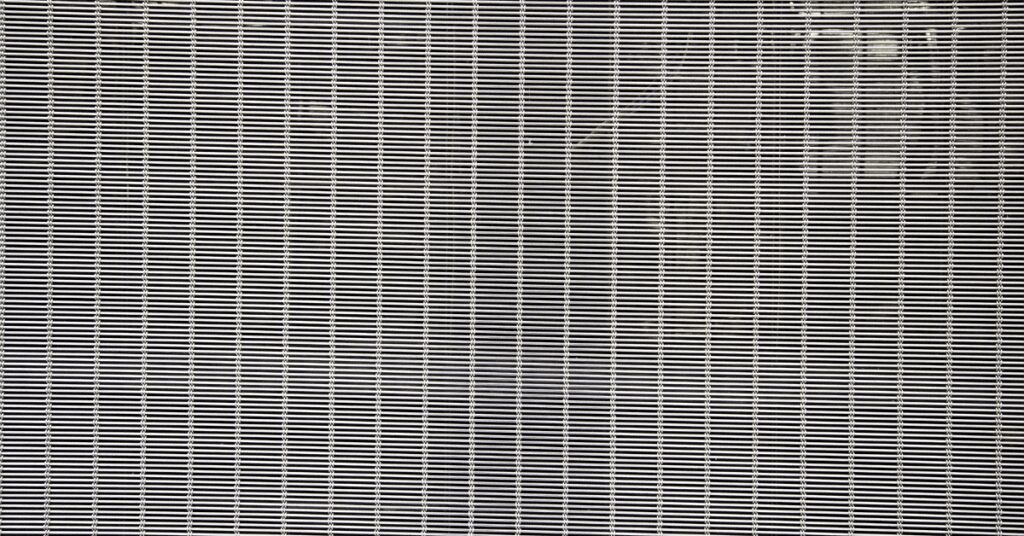Introduction:
Stainless steel wire is widely used in various industries and applications due to its exceptional durability, corrosion resistance, and aesthetic appeal. Whether it’s in commercial settings like fences and nets, or household items such as kitchenware and jewelry, stainless steel wire requires regular maintenance and cleaning to preserve its pristine condition and extend its lifespan. In this article, we will explore the best practices for maintaining and cleaning stainless steel wire, ensuring it remains both functional and visually appealing.
- Regular Inspection: To ensure the longevity of stainless steel wire, it is crucial to conduct regular inspections. Inspect the wire for any signs of damage, such as scratches, dents, or loose strands. Promptly address any issues to prevent further damage or potential hazards.
- Basic Cleaning: For routine cleaning, start by using a mild detergent or soap mixed with warm water. Gently scrub the stainless steel wire using a soft cloth or sponge in the direction of the grain. Avoid abrasive materials, such as steel wool or harsh brushes, as they can scratch the surface. Rinse thoroughly with clean water and dry using a soft, lint-free cloth to prevent water spots.
- Removing Stubborn Stains: Occasionally, stainless steel wire may encounter stubborn stains or residue. In such cases, it is recommended to use specialized stainless steel cleaners or stainless steel-friendly solvents. Always follow the manufacturer’s instructions and perform a patch test on a small, inconspicuous area to ensure compatibility and avoid potential damage.
- Removing Rust: While stainless steel is highly resistant to corrosion, it can still develop rust under certain conditions. To remove rust spots, use a non-abrasive cleaner specifically designed for rust removal. Apply the cleaner to a soft cloth and gently rub the affected areas. Rinse thoroughly and dry to prevent the recurrence of rust. To prevent future rusting, ensure the stainless steel wire is kept dry and free from prolonged exposure to moisture.
- Maintaining the Protective Layer: Stainless steel wire possesses a passive protective layer that shields it from corrosion. Harsh chemicals or abrasive cleaning methods can compromise this layer. Avoid using chlorine-based cleaners, bleach, or any products containing hydrochloric acid or chloride. Instead, opt for mild, pH-neutral cleaners to maintain the protective layer while effectively removing dirt and grime.
- Polishing and Restoration: Over time, stainless steel wire may lose its luster and develop scratches. Polishing the wire periodically can restore its shine and reduce the visibility of scratches. Use a stainless steel polish or a mixture of baking soda and water to gently buff the surface with a soft cloth. Follow the grain of the wire and avoid excessive pressure. Rinse thoroughly and dry to remove any residue.
- Environmental Considerations: When using stainless steel wire outdoors, it is exposed to various environmental factors such as pollution, saltwater, or industrial emissions. Regular cleaning and maintenance become even more critical in these scenarios. Consider using a protective coating or wax specifically formulated for stainless steel to provide an additional layer of protection against these elements.
Conclusion:
Proper maintenance and cleaning of stainless steel wire are essential for preserving its durability, appearance, and corrosion resistance. Regular inspections, gentle cleaning with mild detergents, and avoiding abrasive materials are key to maintaining its pristine condition. When faced with stubborn stains, rust, or scratches, using specialized cleaners and following proper techniques will help restore the wire’s original beauty. By incorporating these best practices, you can ensure that your stainless steel wire remains functional, visually appealing, and long-lasting for years to come.

